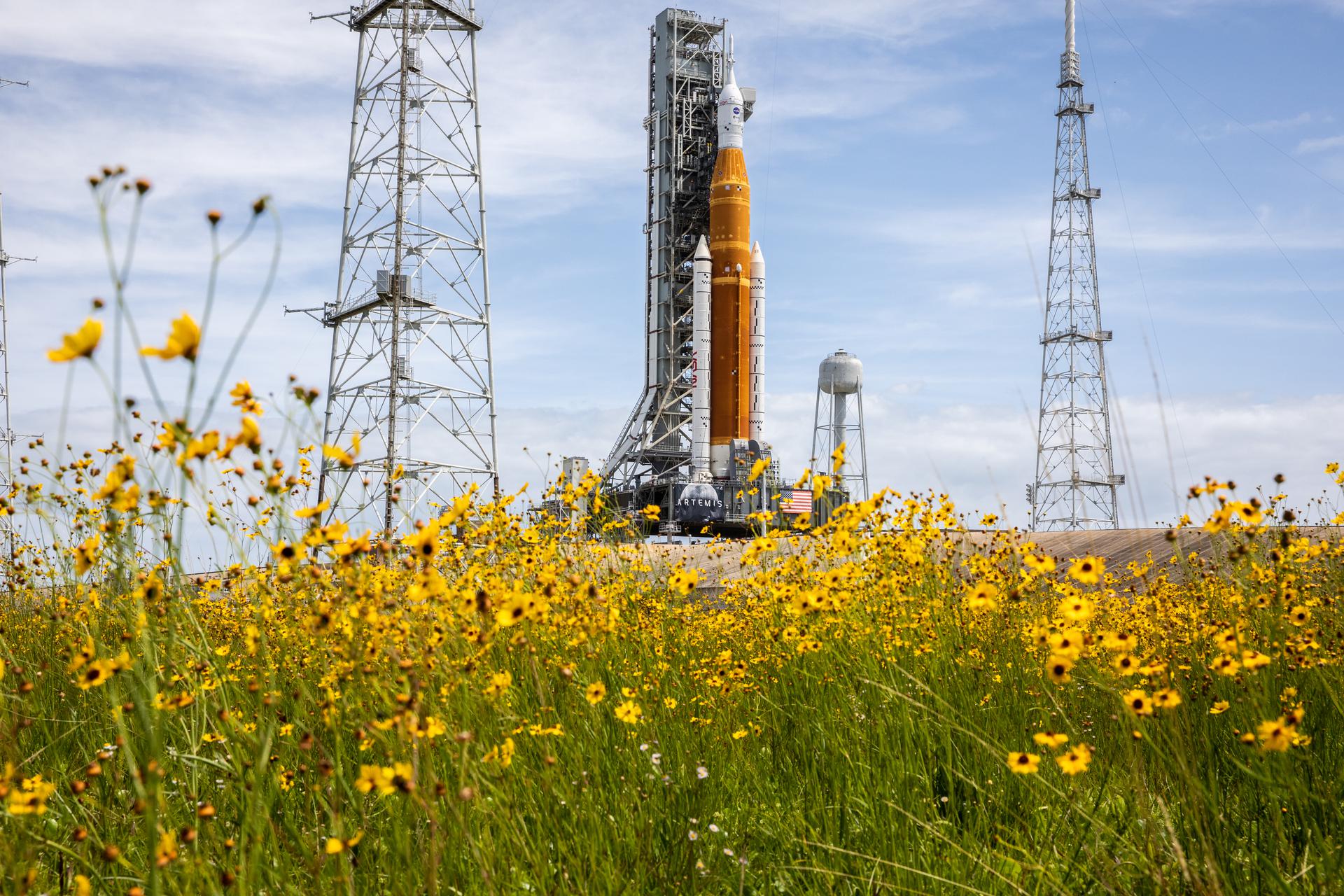At approximately 6 a.m. ET Tuesday, NASA’s Space Launch System (SLS) rocket and Orion spacecraft for the Artemis I mission arrived at the Vehicle Assembly Building (VAB) at Kennedy Space Center after a 10-hour journey from launch pad 39B that began at 7:54 p.m. ET Monday, April 25.
Over the next several days, the team will extend the work platforms to allow access to SLS and Orion. In the coming weeks, teams will work on replacing a faulty upper stage check valve and a small leak within the tail service mast umbilical ground plate housing, and perform additional checkouts before returning to the launch pad for the next wet dress rehearsal attempt.


